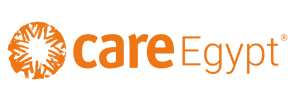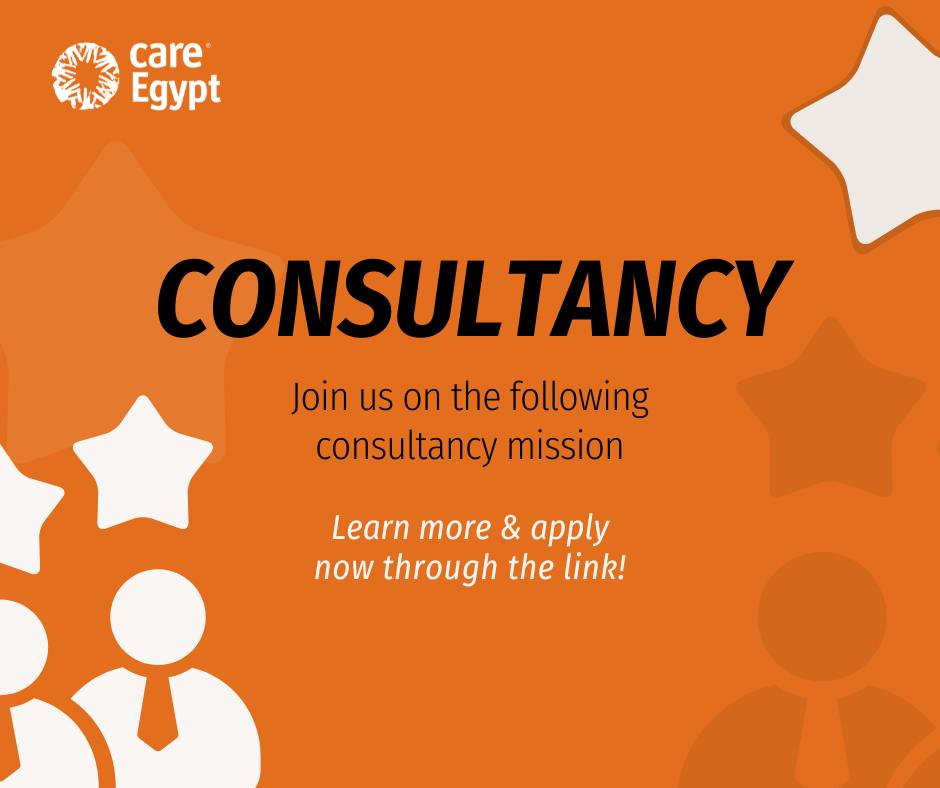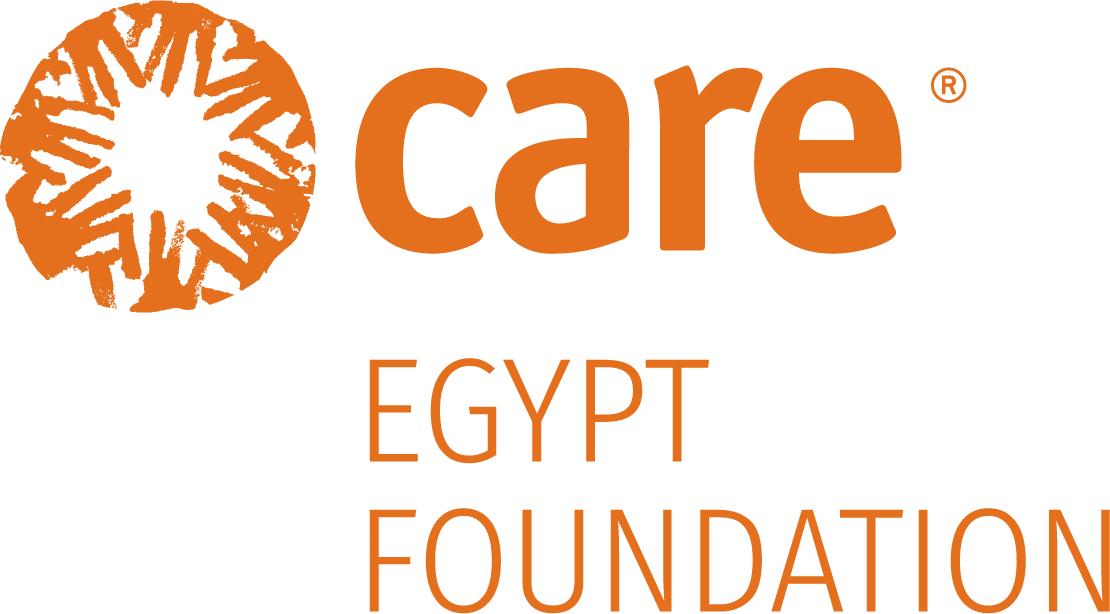Information about SWoMo WPS Project:
The strengthening Women’s Rights Movements on the Women, Peace, and Security Agenda in three fragile contexts project in Egypt, Iraq and South Sudan is a 3-year BMZ-funded (through CARE D) project running from July 2022 through June 2025. This project supports women’s rights organizations to work with marginalized communities on women’s rights and gender equality in their respective countries as part of wider women’s rights movements, including on UNSCR 1325 and the Women, Peace, and Security (WPS) agenda. This project understands women’ s rights movements to consist of women’s rights organizations (WROs) and marginalized groups of women and girls. The project will work with WROs both as implementing partners (Projekträger, or PT) and as Target Groups (Zielgruppen, or ZG). The term “project WROs” will be used to refer to both PT- and ZG-WROs. In Egypt, the project will directly target 12 WROs (2 PT-WROs, 10 ZG-WROs), 52 WRO staff, representatives and volunteers, 500 women and girls from excluded groups, and 30 decision-makers (5 national-level, 25 governorate level). Indirectly, the project will aim to reach 5,000 people in Egypt, 65% women and girls, and 35% men and boys. The project will work in Cairo, Giza, Qalioubia, Assuit, and Sohag.
In Egypt, CEF will work with two implementing partners (Projektträger, or PT) WROs: Centre for Egyptian Women Legal Assistance (CEWLA) and Appropriate Communication Techniques for Development Center (ACT). In Iraq, CARE Iraq will work with three PT-WROs: Women Empowerment Organization (WEO), Better World Organization (BWO), and Baghdad Women Association (BWA). In South Sudan, CARE South Sudan will work with three PT-WROs: Young Women Christian Association of South Sudan (YWCA), Women Empowerment Center South Sudan (WECSS), and Women Agency for Progress Organization (WAPO).
The role of CEF and the two CARE country offices will be to provide project coordination and organizational and technical capacity development, with a focus on the WPS agenda. In the course of the project, the eight PT-WROs will take on greater leadership and responsibility, supported by the long-term mentorship, coaching and technical assistance of CEF, CARE Iraq and CARE South Sudan.
Arabic TOR Voiunteer Management Training
English TOR Volunteer Management Training
An Electronic invoice is required
Deadline for sending the technical and financial proposal 6 August ,2023 Prior 5 pm.; submission is only accepted via using the below form.



